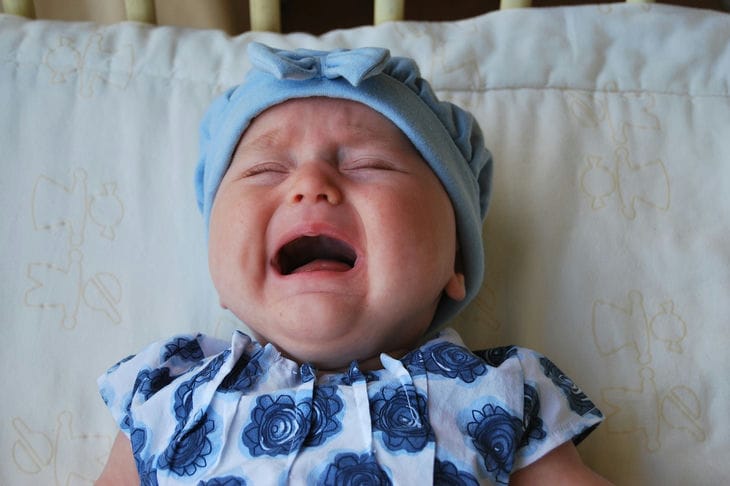How to calm a crying baby: tips for parents
When a small child starts crying, it can be a stressful time for parents.
Crying can mean many things: hunger, tiredness, discomfort, or simply a need for cuddles. It is important to remember that crying is the primary way a baby communicates.
Let's look at some effective methods that will help calm your baby and restore his sense of comfort and security.
Change your baby's clothes without tugging or lifting him.
Changing a baby usually involves lifting the head, pulling the arms, straightening the legs. I guess you are not surprised by the fact that the baby does not like this?
According to physical therapists, the best way to change clothes is to gently roll your baby from side to side. It's actually easier than you think!

Apply baby creams like a ladybug
Is your baby crying while applying cream to his face or body? Perhaps the cream is too cold for him or it takes too long to apply.
To avoid tears, squeeze out a little cream, and then use your fingers to draw dots on your baby's body, applying in small portions and with light movements. This way you will quickly apply the cream to your baby's skin.
Warm up wet wipes
The touch of a wet and cold cloth to warm skin cannot be pleasant for a child.
So before you get started, warm up a few wipes, perhaps in your palm, elbow, or behind your knee.
Lower the baby into the bath sideways and gradually
To prevent your baby from crying while washing, before putting him in the bath, show him what awaits him, splash your hand in the water, etc.
Then place him sideways on your forearm and lower him into the water very slowly. Only when one arm and leg are in the water, turn the baby onto his back.
Bathe your baby with a diaper on his tummy
Remember that a wet body loses heat faster. To keep your baby warm, place a damp sponge or a diaper soaked in warm water on his tummy.
When bathing, start washing from the legs and body. Wash the head at the very end - many children are impatient when it comes to washing.
